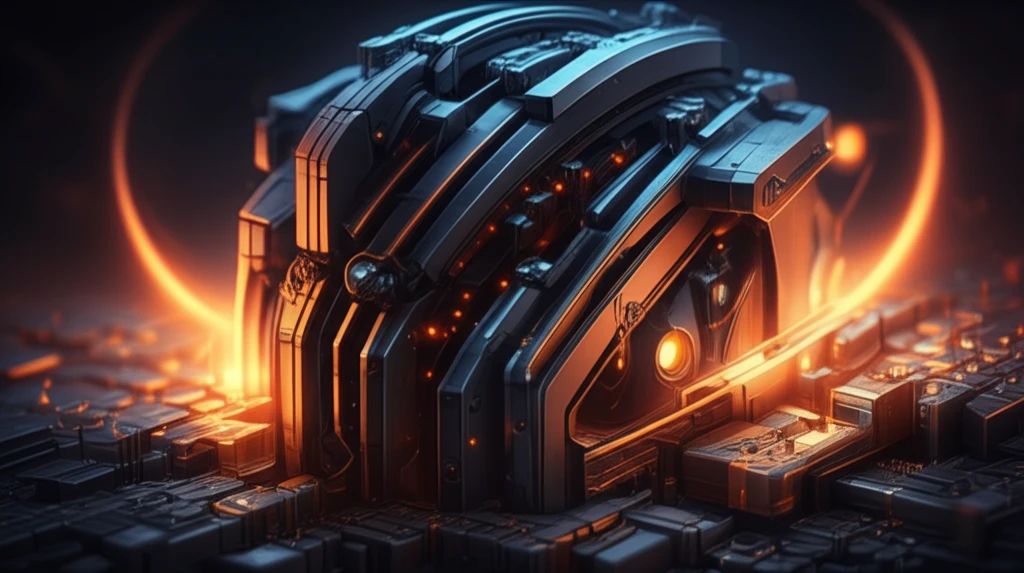
The Metal Fatigue Fix: How Heat Treatment Can Make Stronger Alloys
"Unlock the secrets to superalloy durability: Discover how heat treatment manipulates microstructure for enhanced performance and resilience against thermal stress."
In the relentless pursuit of stronger, more durable materials, scientists and engineers are constantly seeking innovative ways to enhance the properties of alloys. Among the various techniques employed, heat treatment stands out as a powerful method for manipulating the microstructure of materials, thereby influencing their mechanical behavior. In the context of cobalt-base superalloys, heat treatment plays a pivotal role in optimizing their resistance to thermal fatigue, a phenomenon that can lead to catastrophic failure in high-temperature applications.
Cobalt-base superalloys are a class of materials renowned for their exceptional strength, thermal stability, and corrosion resistance at elevated temperatures. These alloys find widespread use in critical components of gas turbines, aerospace engines, and other high-performance systems where they are subjected to extreme thermal cycling and mechanical stress. Understanding the intricate relationship between microstructure and thermal fatigue behavior is of paramount importance for ensuring the reliability and longevity of these components.
This article delves into the fascinating world of microstructure evolution in a single-crystal cobalt-base superalloy and its profound impact on thermal fatigue resistance. By exploring the effects of different heat treatment strategies, including solution treatment and aging, we uncover the underlying mechanisms that govern the alloy's response to thermal stress. Join us on this journey as we unravel the secrets of heat treatment and its transformative potential for enhancing the durability of superalloys.
What's the Secret Behind Superalloy Strength? The Science of Microstructure

The microstructure of an alloy, which refers to the arrangement and distribution of its constituent phases, has a significant effect on its mechanical properties. In cobalt-base superalloys, the microstructure is characterized by a complex interplay between the cobalt matrix and various carbide precipitates.
- As-Cast State: Coarse, continuous primary carbides reduce thermal fatigue resistance.
- Solution Treatment: Dissolves primary carbides, enhancing the matrix's properties.
- Aging Treatment: Precipitates fine, dispersed carbides for increased strength.
Winning the Metal Fatigue Battle: Practical Steps for Stronger Alloys
In conclusion, heat treatment stands as a cornerstone technique for enhancing the thermal fatigue resistance of cobalt-base superalloys. By carefully manipulating the microstructure through solution treatment and aging, engineers can tailor the size, shape, and distribution of carbide precipitates to optimize the alloy's mechanical properties. The transformation from coarse, continuous carbides to fine, dispersed precipitates not only improves strength and creep resistance but also enhances the alloy's ability to withstand thermal cycling and prevent catastrophic failure. As industries continue to demand higher-performance materials for extreme environments, the mastery of heat treatment techniques will remain essential for unlocking the full potential of superalloys.
